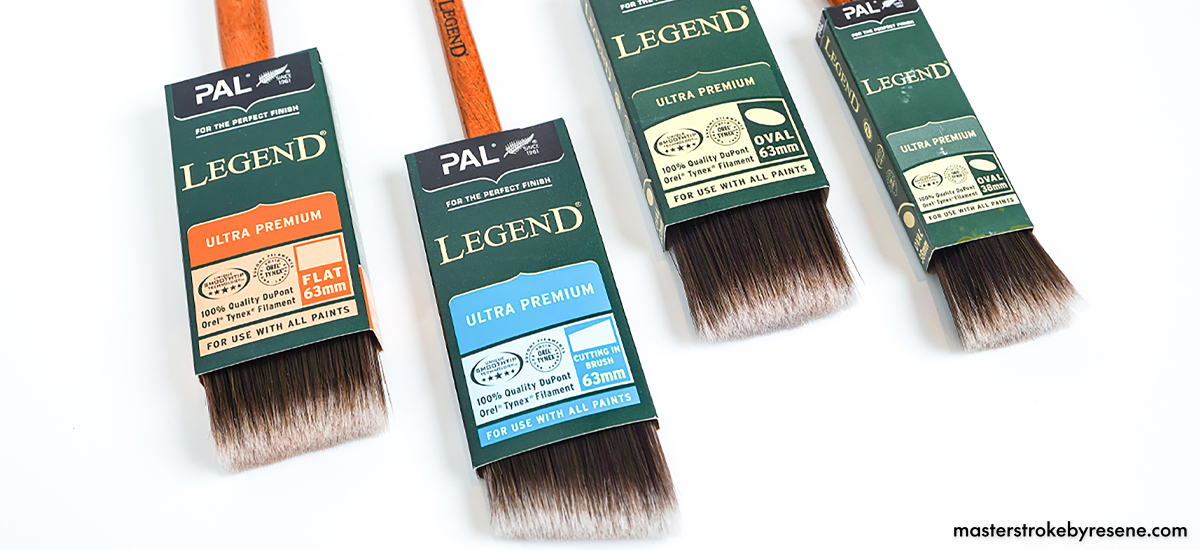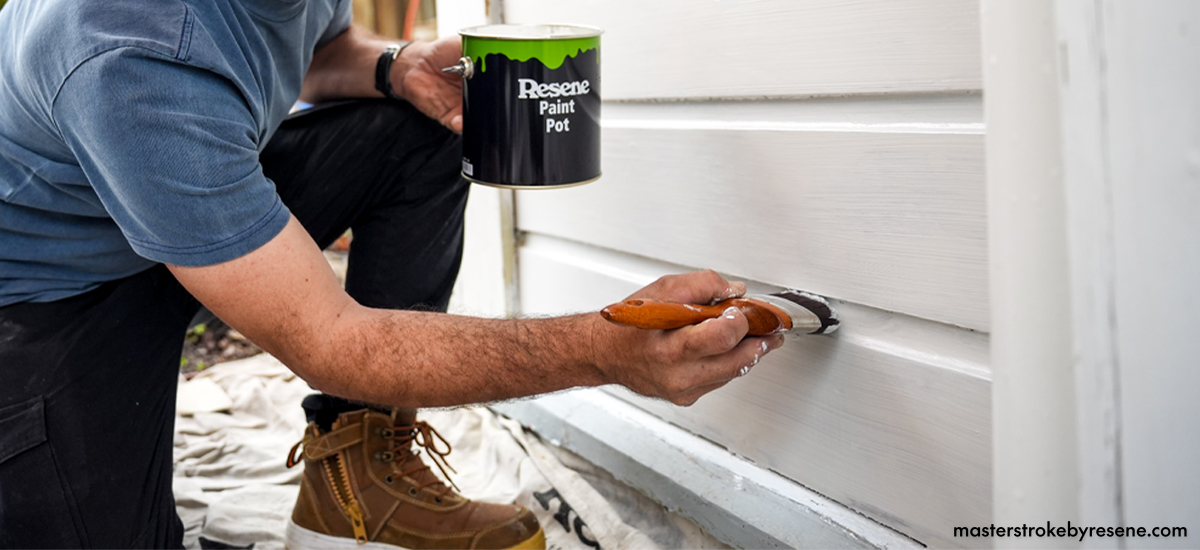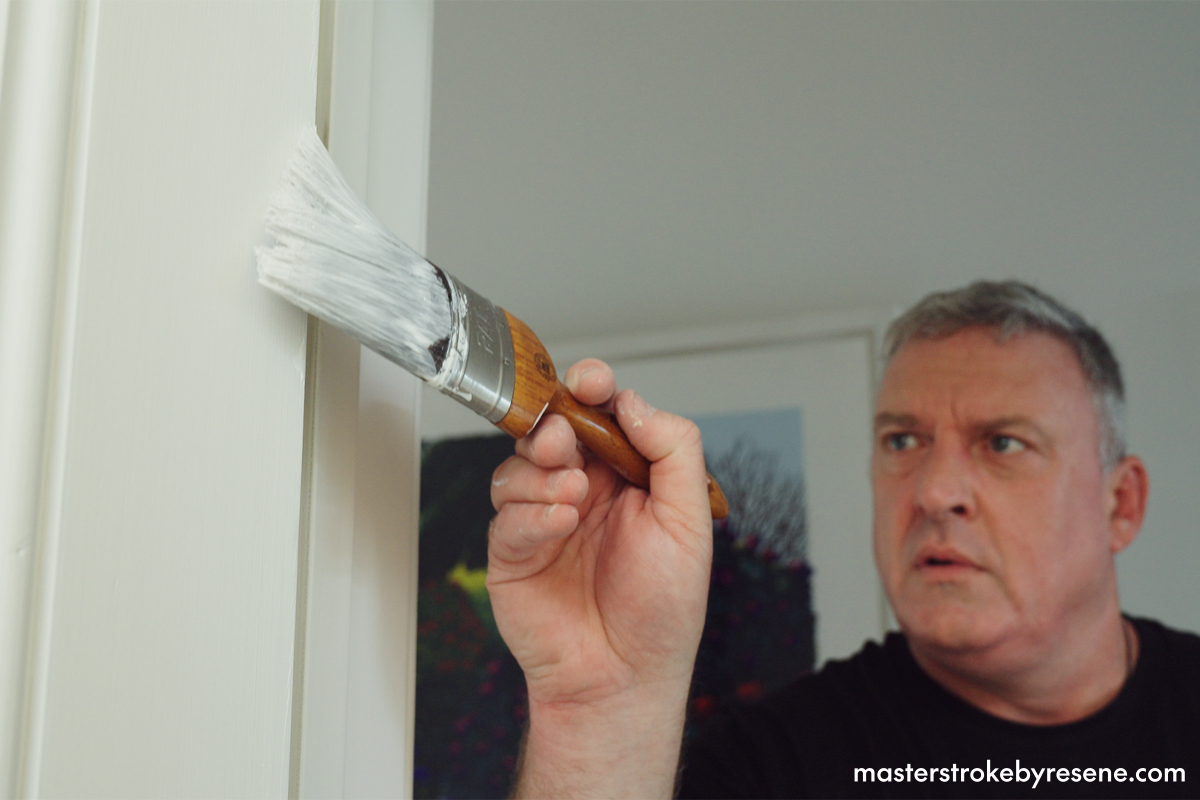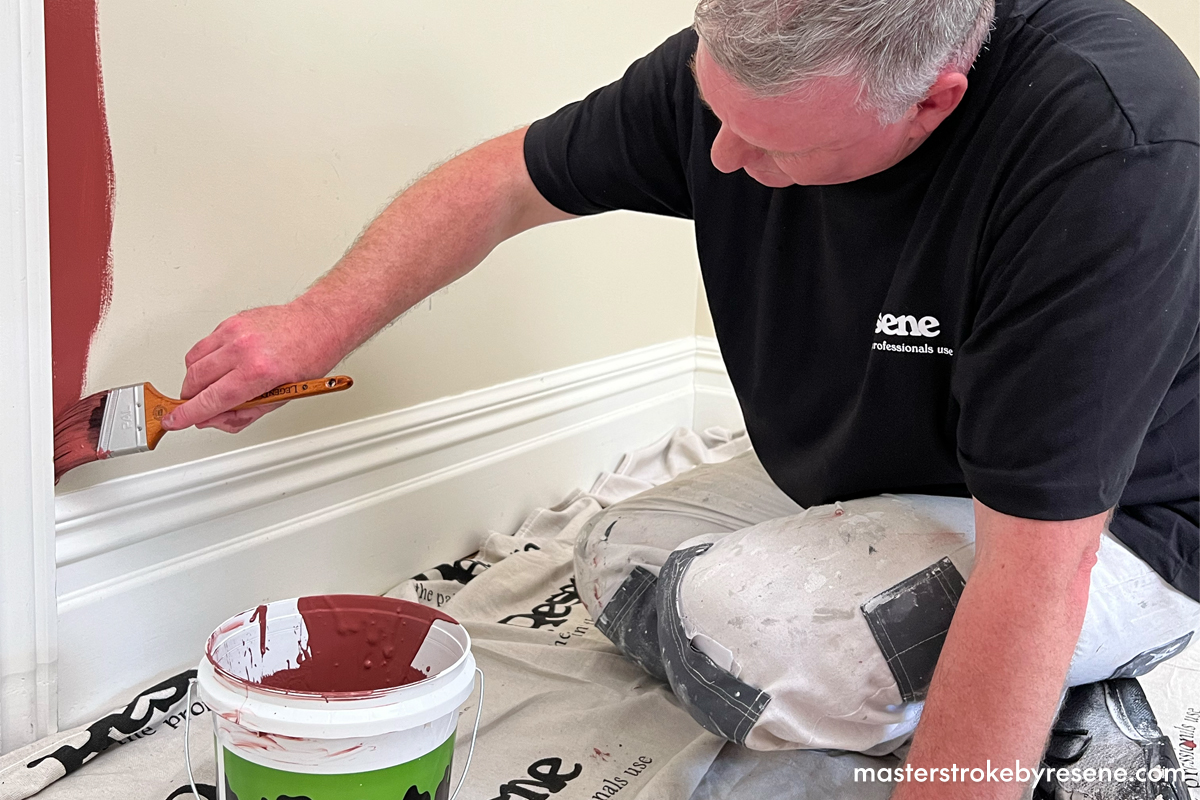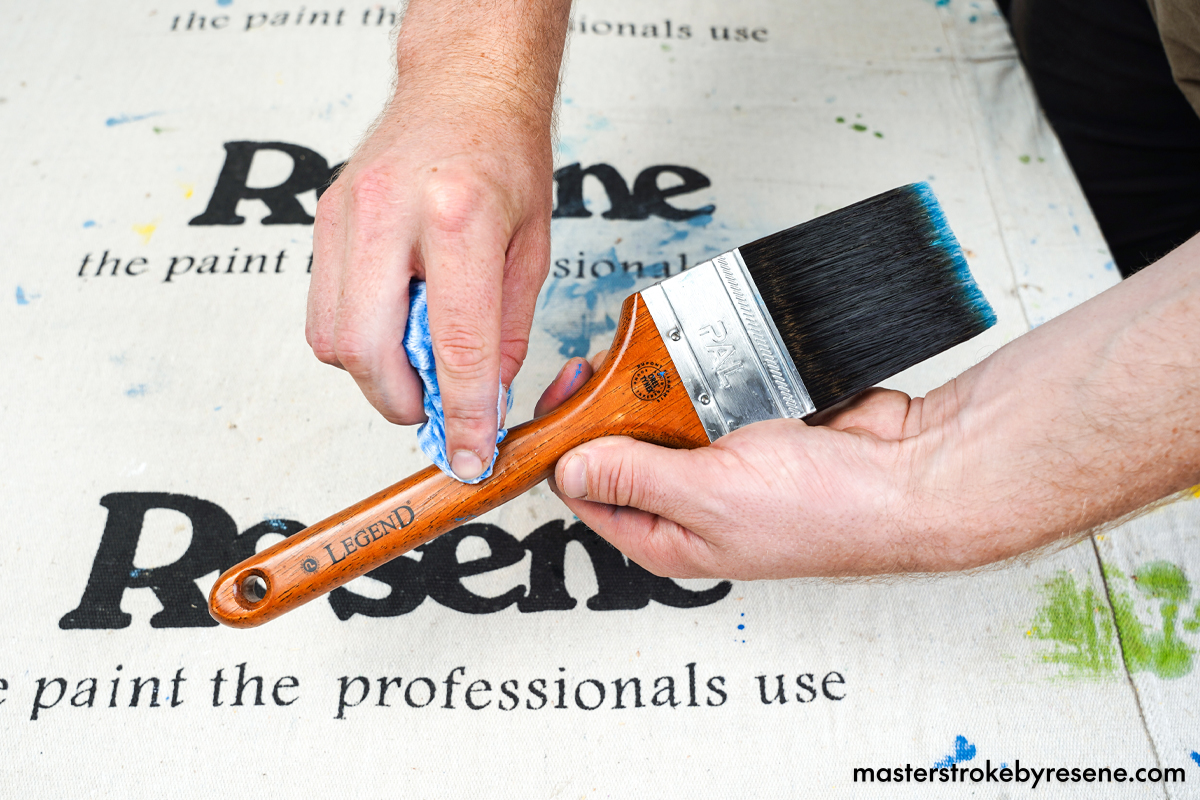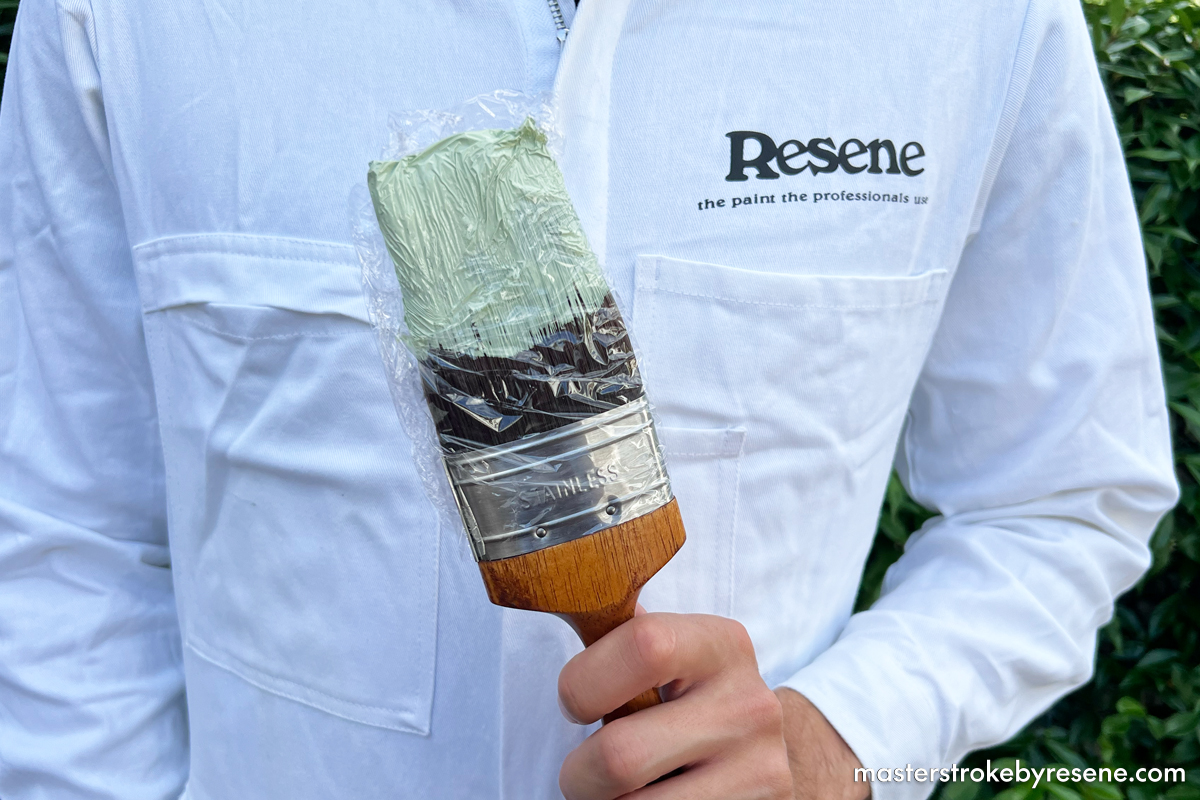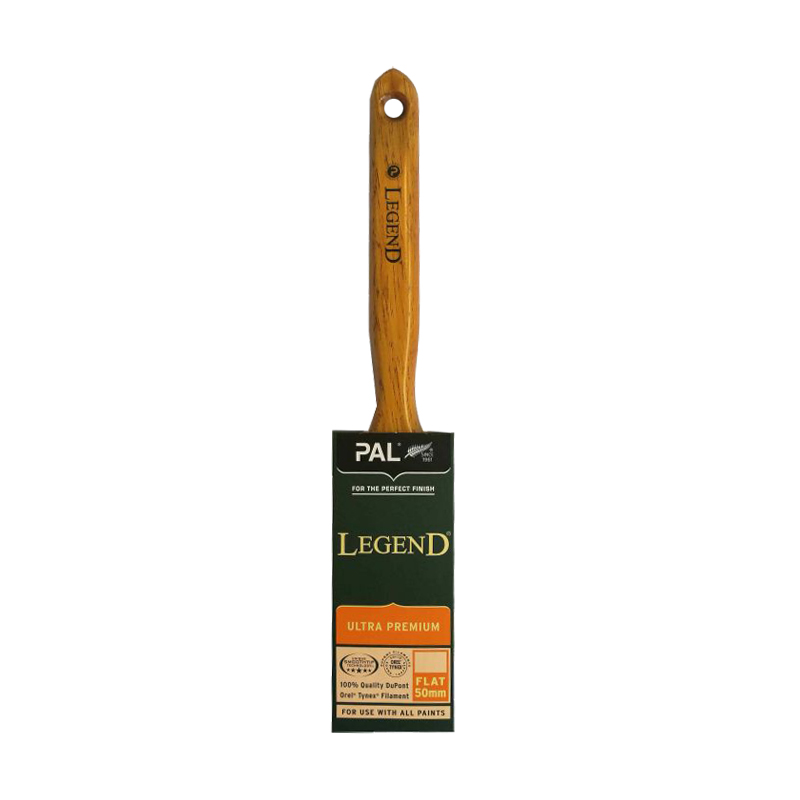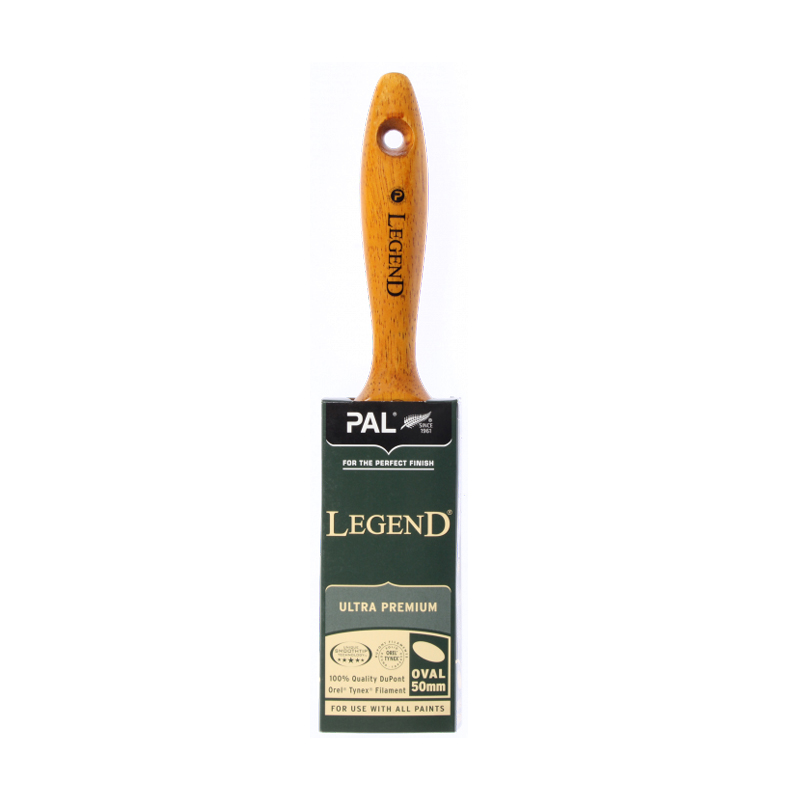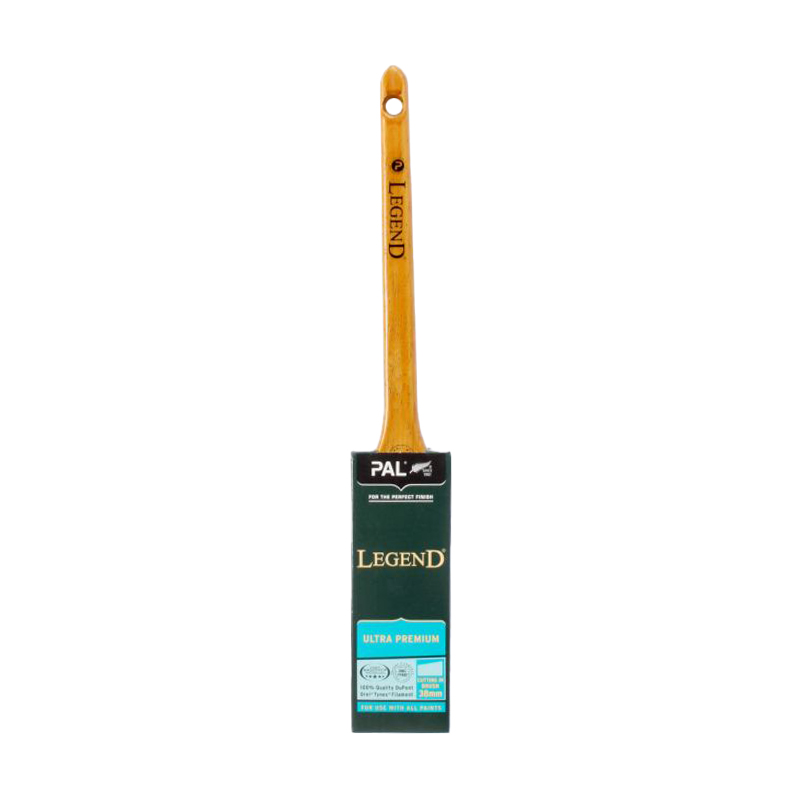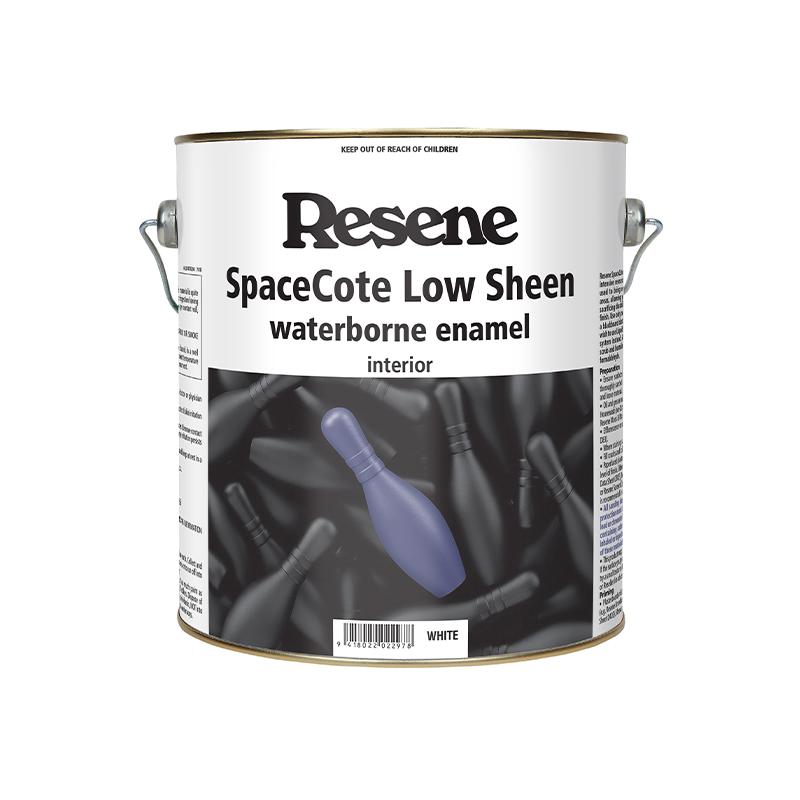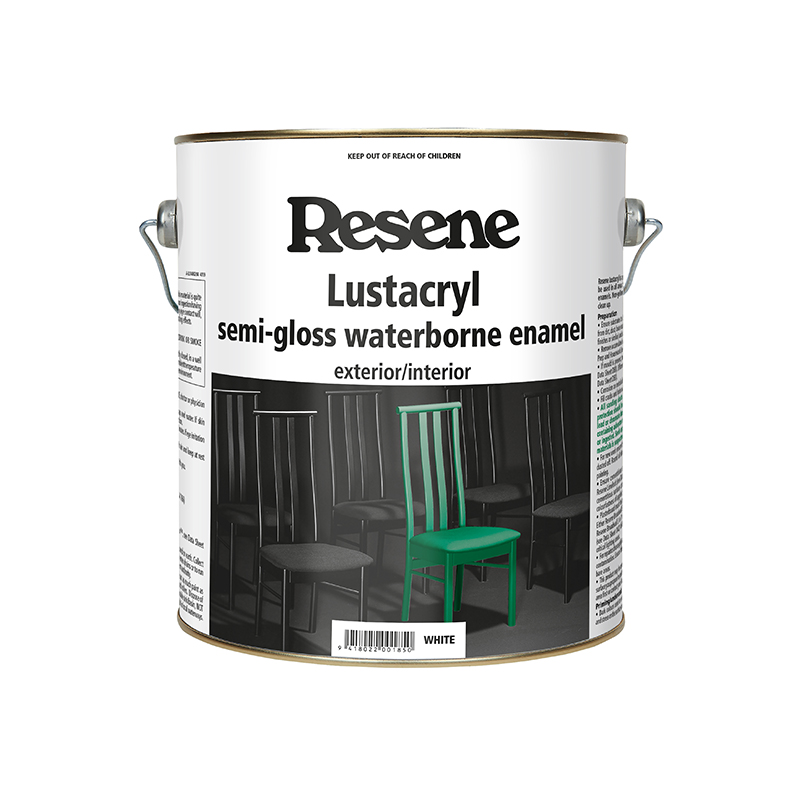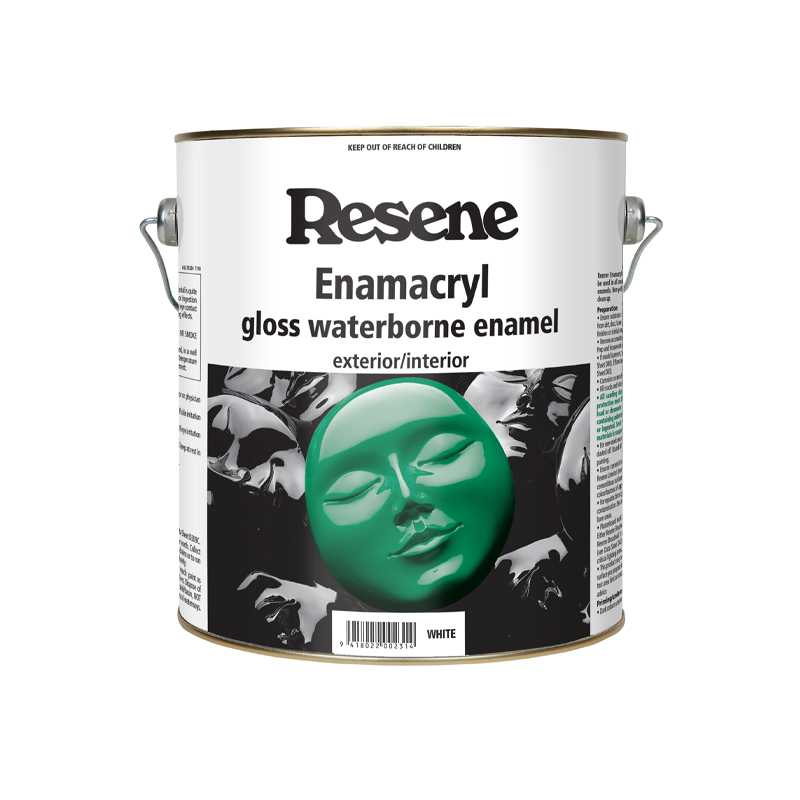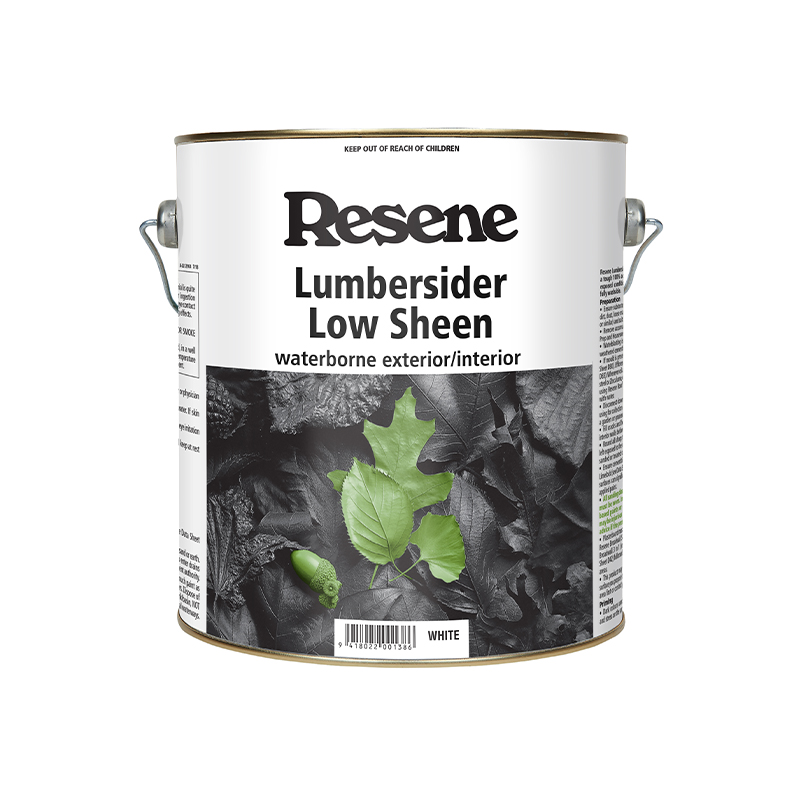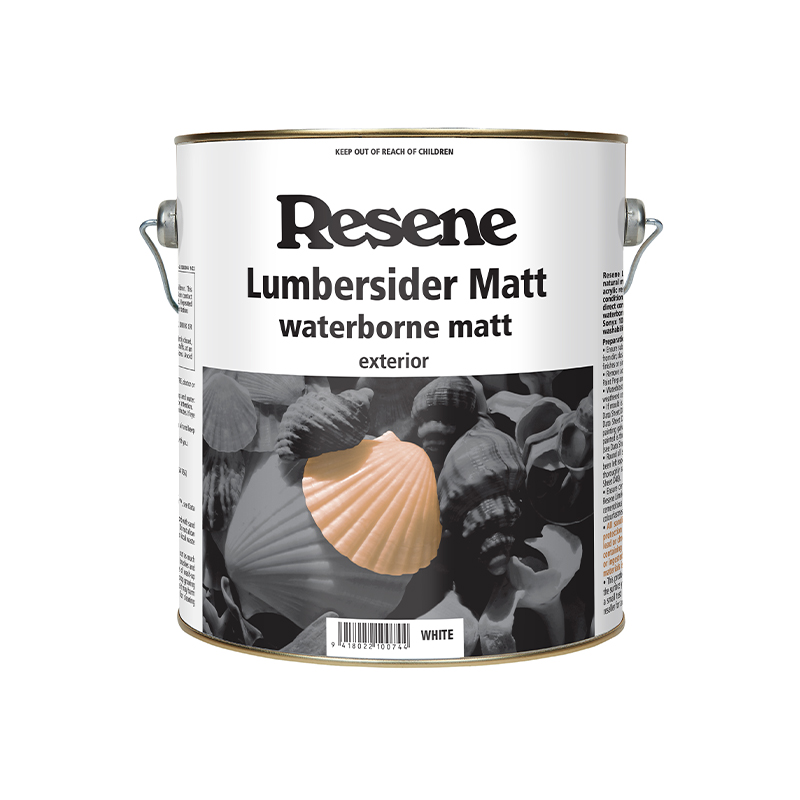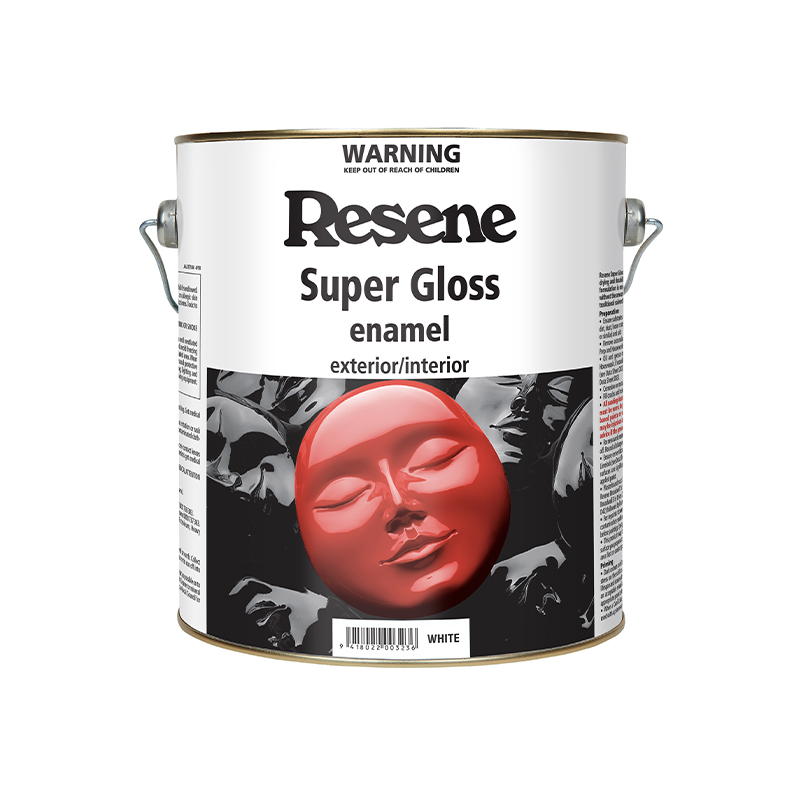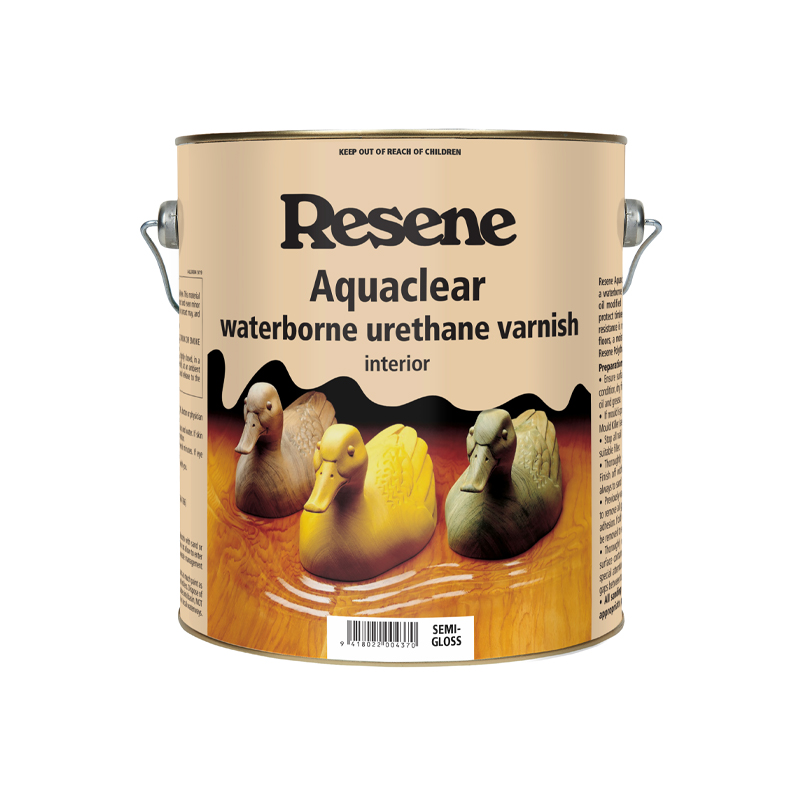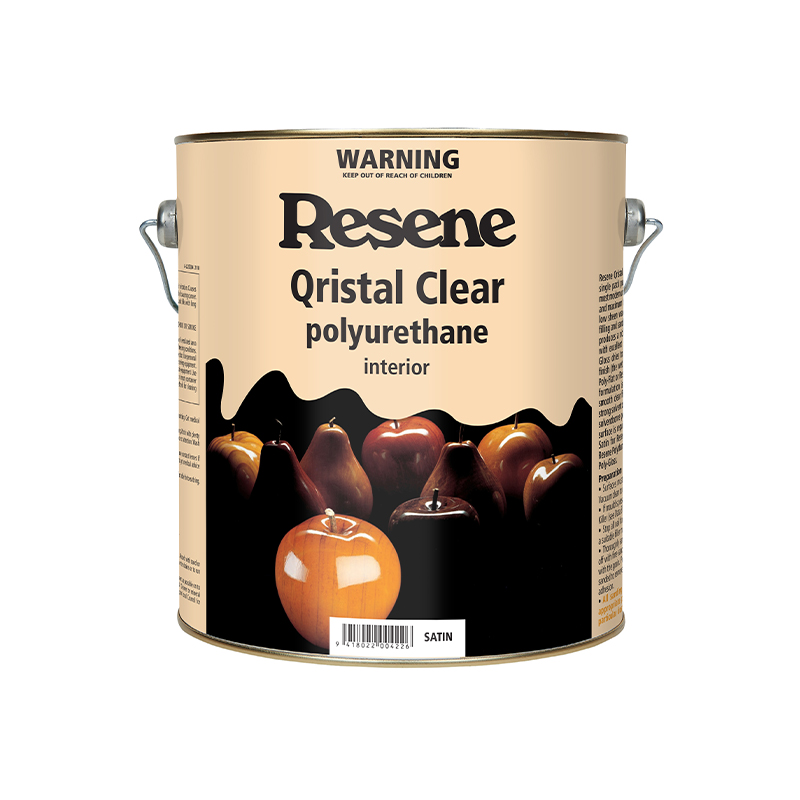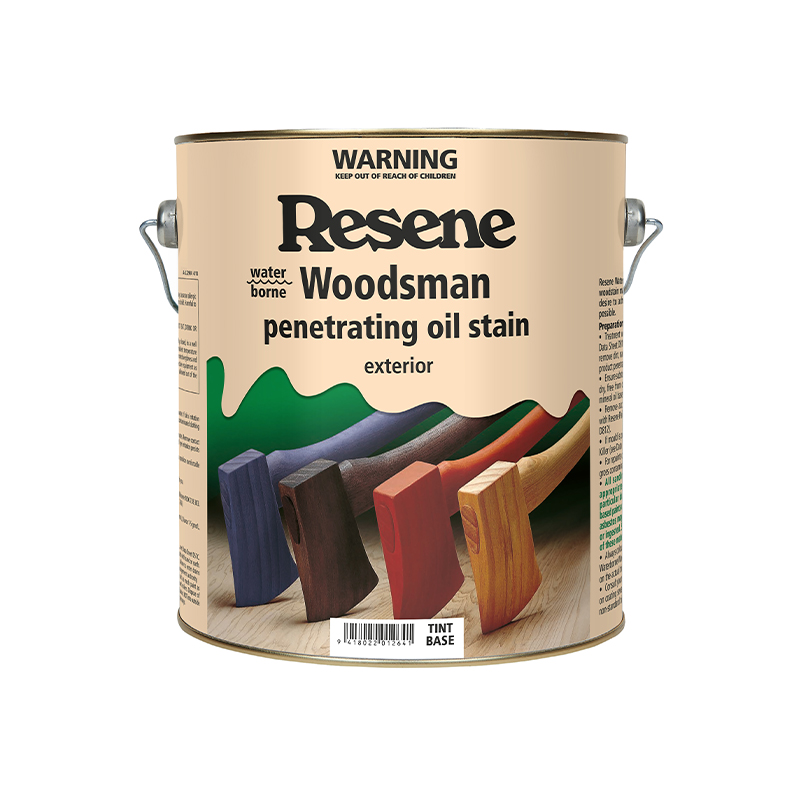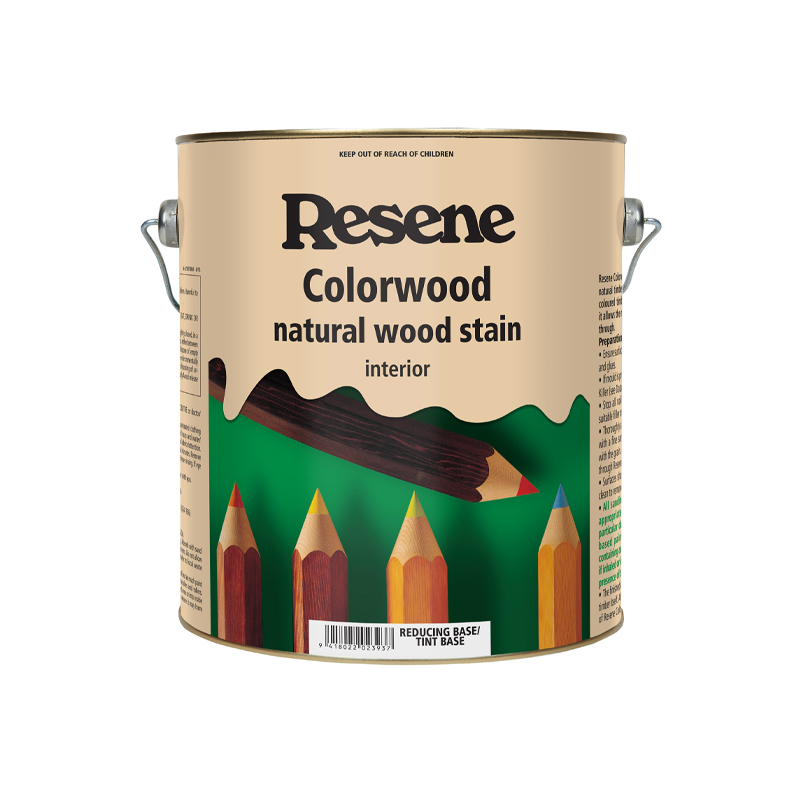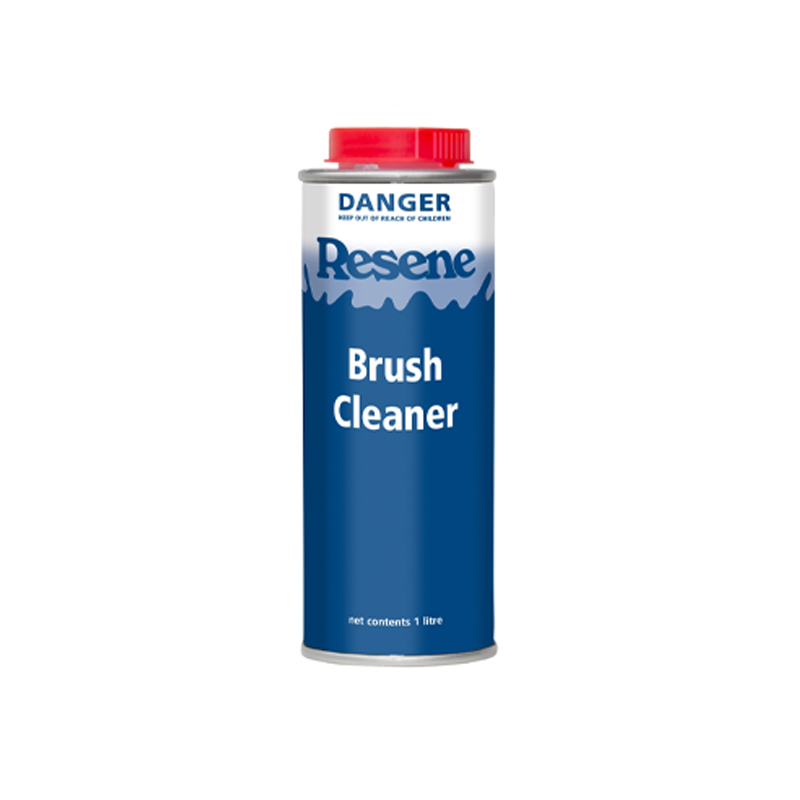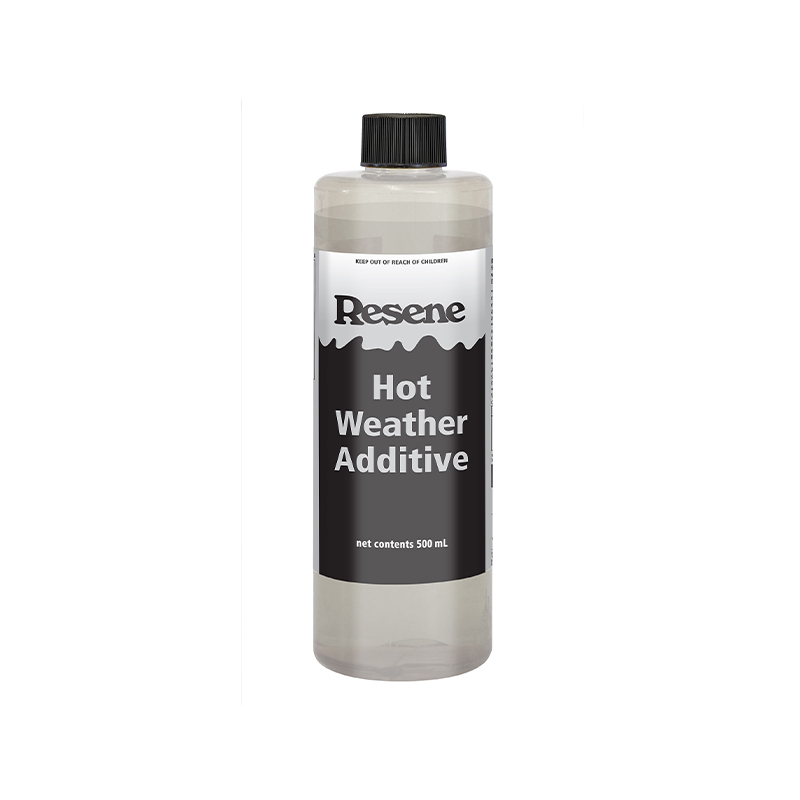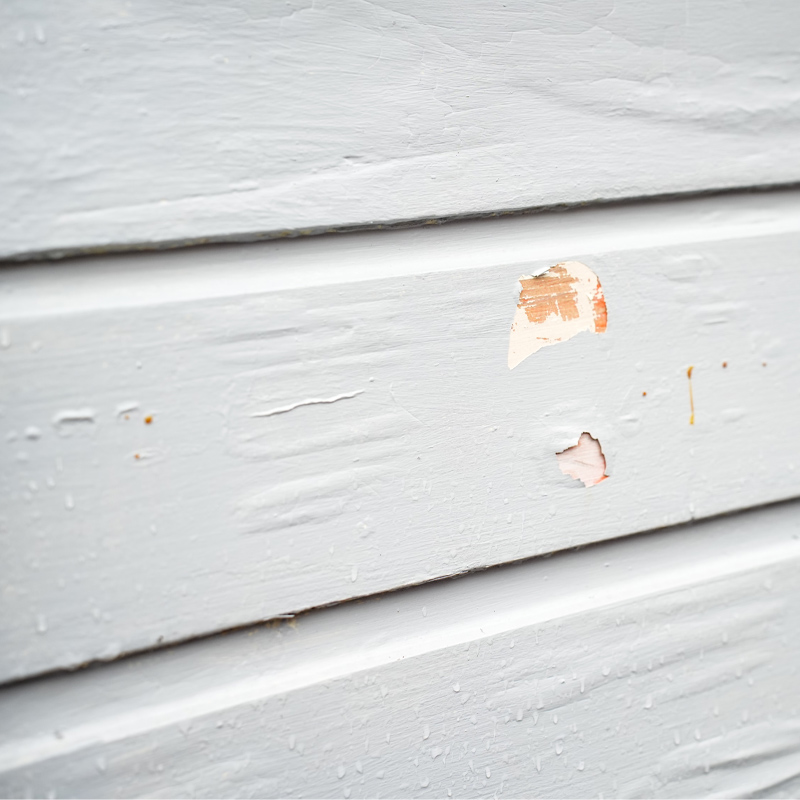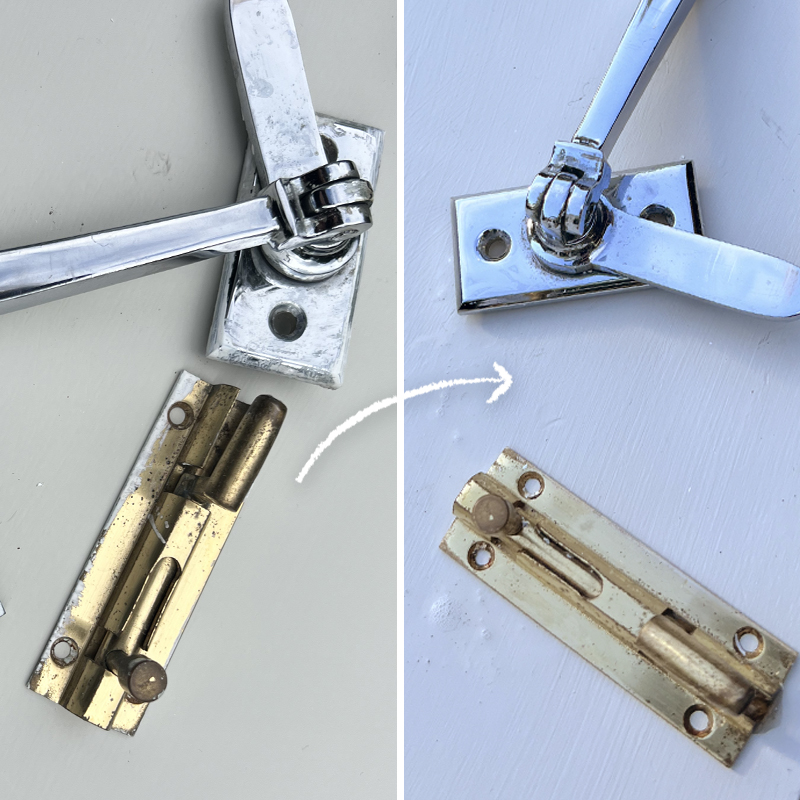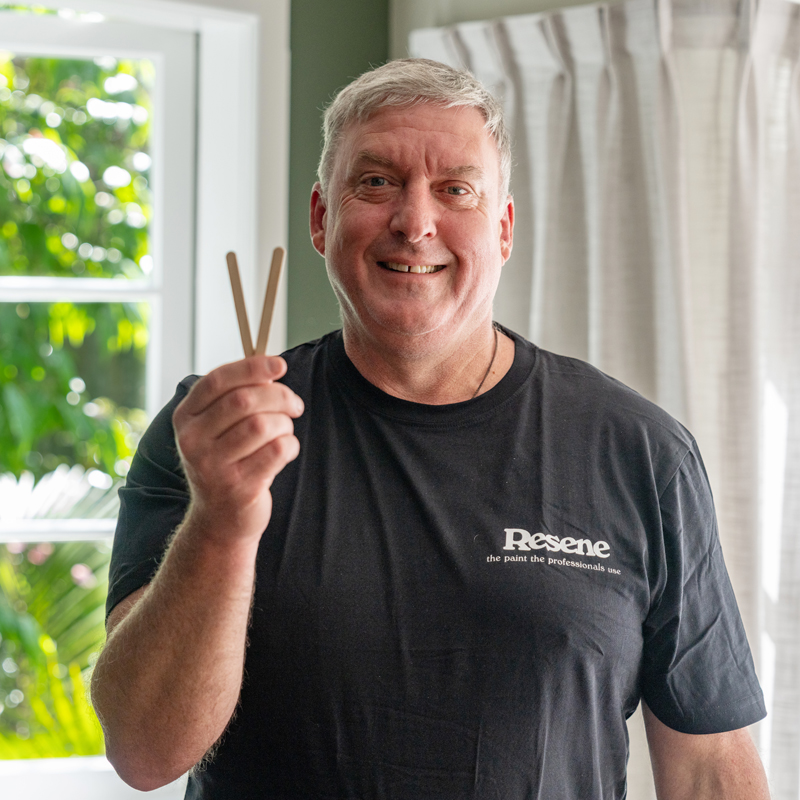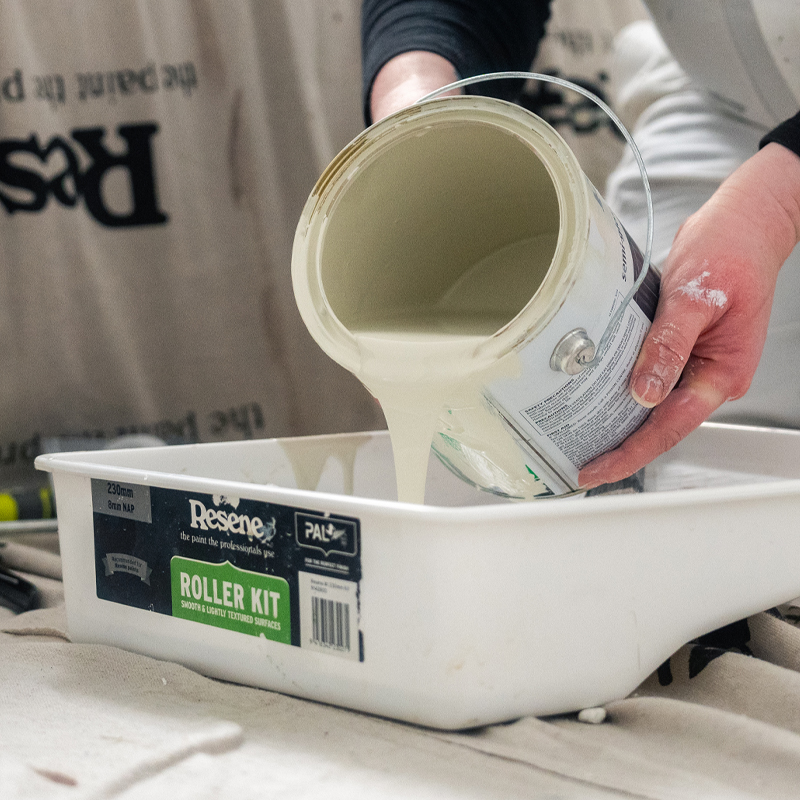Successful paint projects are not just all about choosing your favourite Resene colour – the tools you use to apply it also make a huge impact on the finished result. Quality brushes are a painter’s best friend, but there is a huge range to choose from and it can be overwhelming trying to decide which ones to choose, especially for beginners.
But don’t fret! We’ve got some top tips to help you figure out which brush will work best for your skill level and project, as well as handy information on how to use and look after them properly.
If you’re still not sure, have a chat with the staff at your local Resene ColorShop. They’ll be able to share their wealth of knowledge and point you in the right direction. The instore Resene brush stand is another valuable resource.
What types of brushes are available?
Brushes are available in two types: hog-hair bristle and synthetic bristle. They vary in quality, so to make life easy and encourage best results, Resene has selected medium to high-quality brushes for their core paintbrush range. It’s best to invest in a high quality brush if you are planning a large project or lots of painting and will look after your brush well. You may want to choose a medium quality brush if you are doing a one-off project.
The PAL Legend range consists of ultra-premium synthetic brushes which are available in oval, flat or angle shapes, as well as different sizes depending on your job. The oval brushes are a great general-purpose option, they hold a good amount of paint so you don’t need to dip the brush as often, and they have a brush tip configuration that helps when cutting-in. The flat brushes hold more paint and have been developed for weatherboards and trough sectional roofing. The angled brushes have angled tips to make cutting-in easier, but do not hold as much paint as the other two brush shapes.

